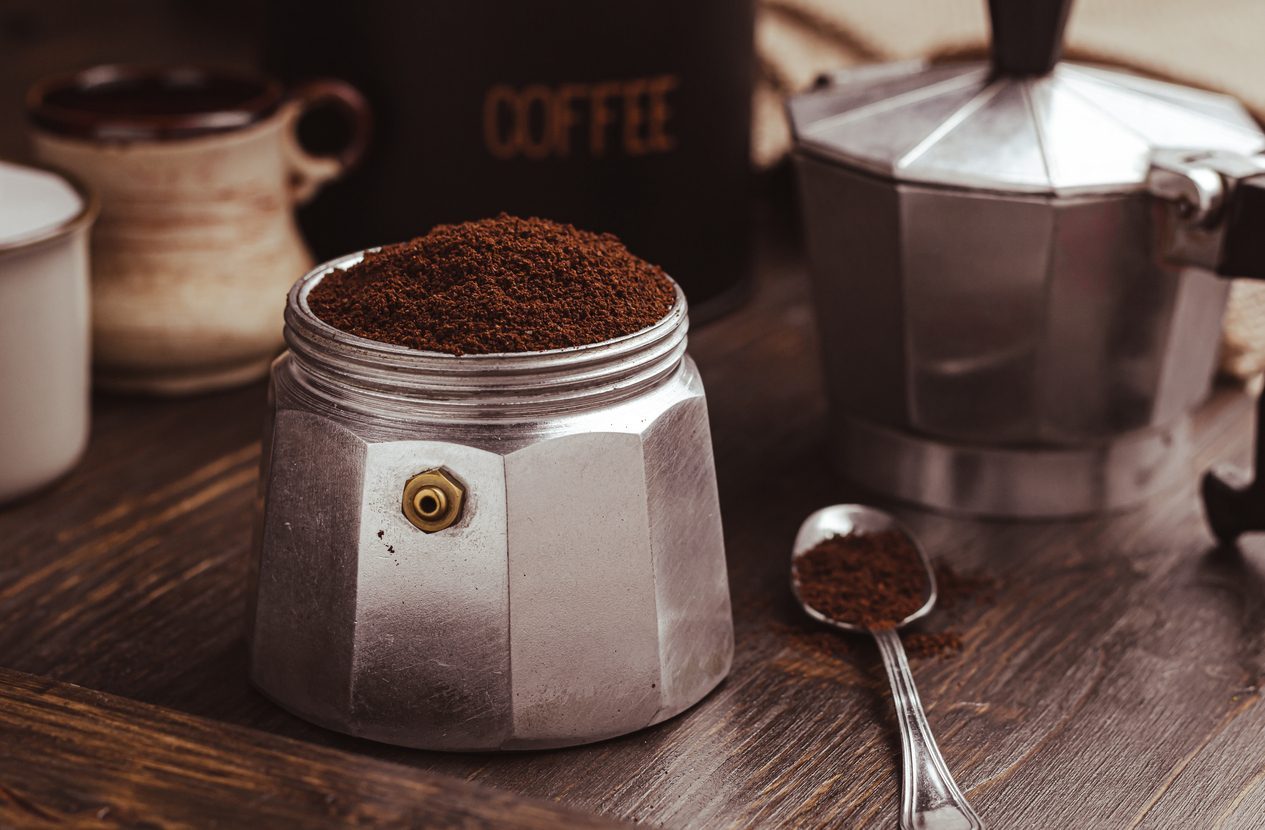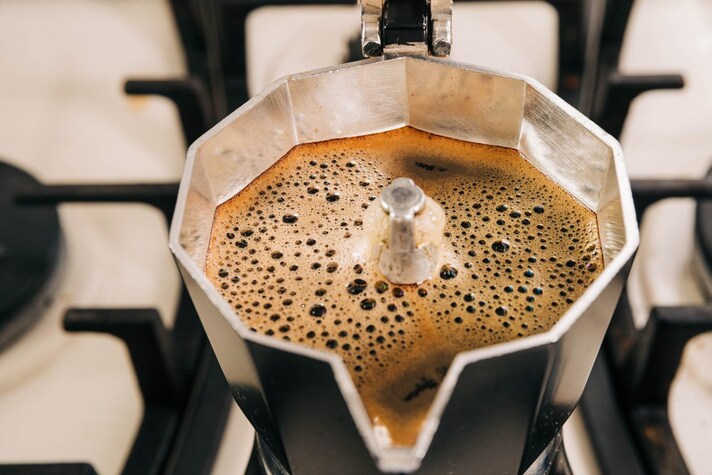How to Get a Good Coffee From Your New Moka Pot
Does the drink have a metallic taste, burnt notes, a dull flavor? It's not the blend's fault, nor a manufacturing defect: the newly purchased coffee maker needs an initial tuning phase. Here's what it consists of.
;Resize,width=742;)
Between automatic or manual machines, with pods or capsules, for espresso or cappuccino, making coffee at home has never been so practical, fast and versatile. And yet, despite the universe of possibilities under the sign of technological innovation, it is difficult to do without the moka, the symbol par excellence of coffee made in Italy. A tool that combines functionality and design capable of lasting a long time: at a certain point, however, even the coffee maker you are fond of must be replaced. A change that can bring enthusiasm, but also a little worry: it is well known, in fact, that the first cups can be disappointing, with the drink that is too bitter, with burnt or metallic hints. It is not a manufacturing defect or even a defect in the chosen blend: the newly purchased moka needs a start-up phase that will allow it to quickly return to being the most precious ally of waking up in the morning.
Why Coffee Made With a New Moka Pot is Often Bad (And How to Avoid It)
When using a moka pot for the first time, it is important to know that the taste of the coffee can be altered for various reasons. The materials it is made of – from aluminum to ceramic – can release residues from industrial processing that, if not eliminated correctly, contribute to an unsatisfactory result. For this reason, a preliminary wash is always recommended by dismantling the coffee maker into its components: boiler, filter with funnel and collector. How to proceed? In two steps:
- Simply rinse with hot water and a soft cloth, avoiding the use of soaps and abrasive sponges, which can damage the coating and compromise the flavor of the coffee right from the start (and permanently).
- Operate it empty: this means filling the tank with water, but without inserting the ground coffee and putting it normally on the flame. In this way it will clean itself internally, removing any remaining impurities and avoiding metallic aftertastes.

Non-Returnable Coffees: The Secret to Eliminating the "New Moka" Effect
When used regularly, an oily film is created inside the moka pot, made up of oils and waxes released by the coffee during extraction: a sort of darker film (not to be confused with encrustations) that plays a fundamental role in isolating the metal, thus protecting the drink and not modifying its organoleptic characteristics. To facilitate the formation of this thin layer, there is the rule of disposable coffees: this means preparing two or three batches of coffee one after the other, but only partially filling the filter (no waste, given the cost of the raw material) and carrying out the classic preparation, without consuming it. An important step that will give subsequent coffees a soft and rounded taste.
Before storing it, it is necessary to clean it again, as it should be done after each use: the moka pot must be emptied, washed – always without detergents – and dried carefully, so as to avoid the formation of mold due to humidity. Furthermore, monitoring its condition and intervening with correct maintenance will make it last over time. The more the coffee maker is used, the more it will be “soaked” in coffee, improving cup after cup.
;Resize,width=767;)



